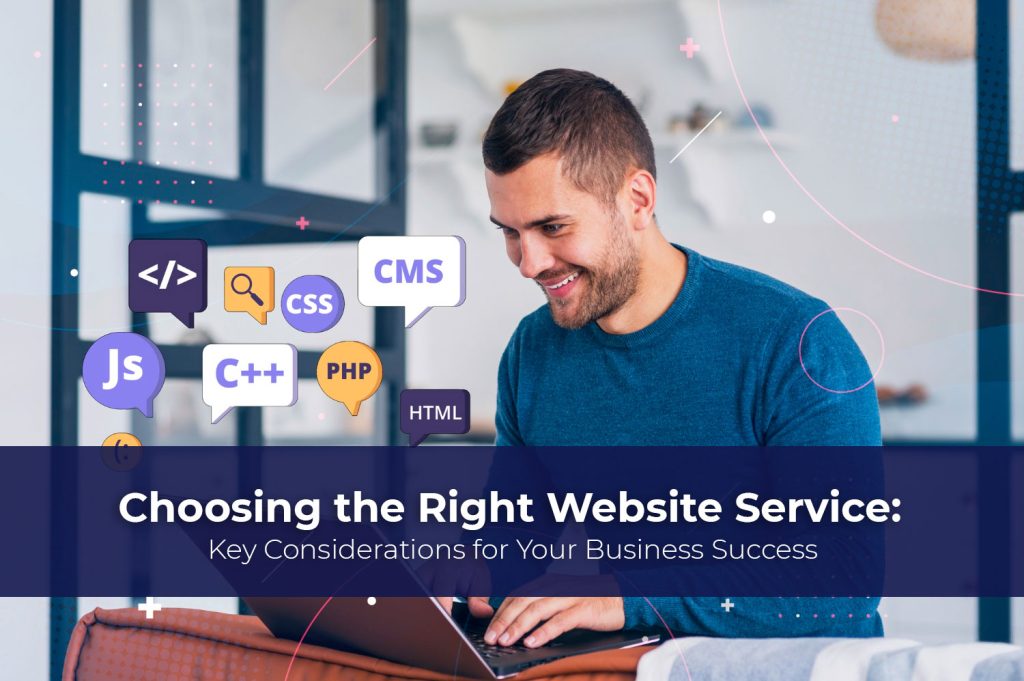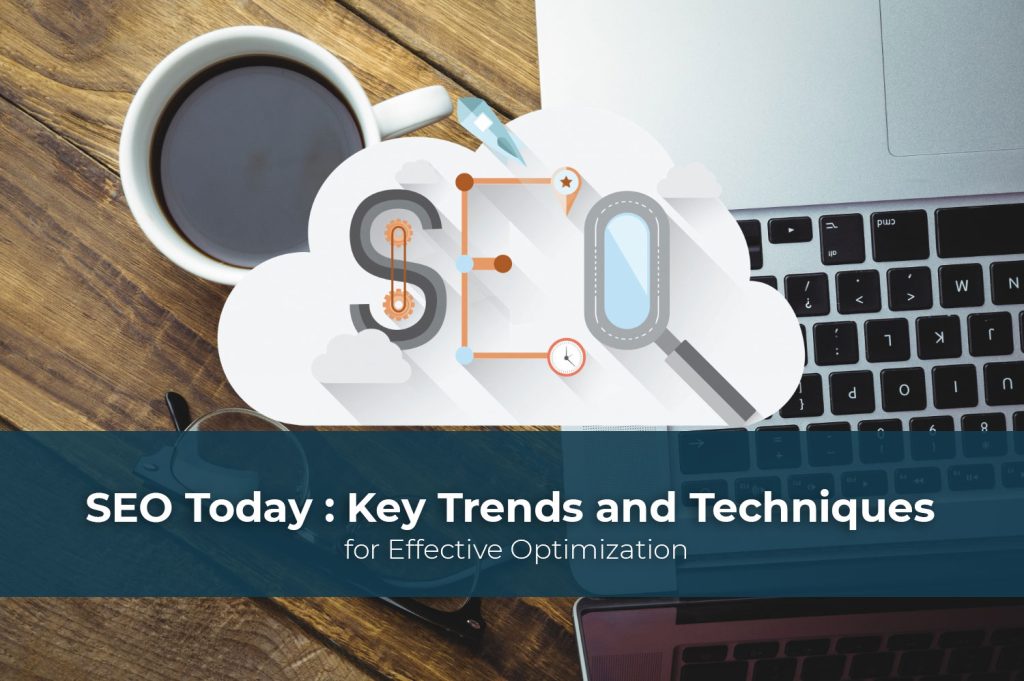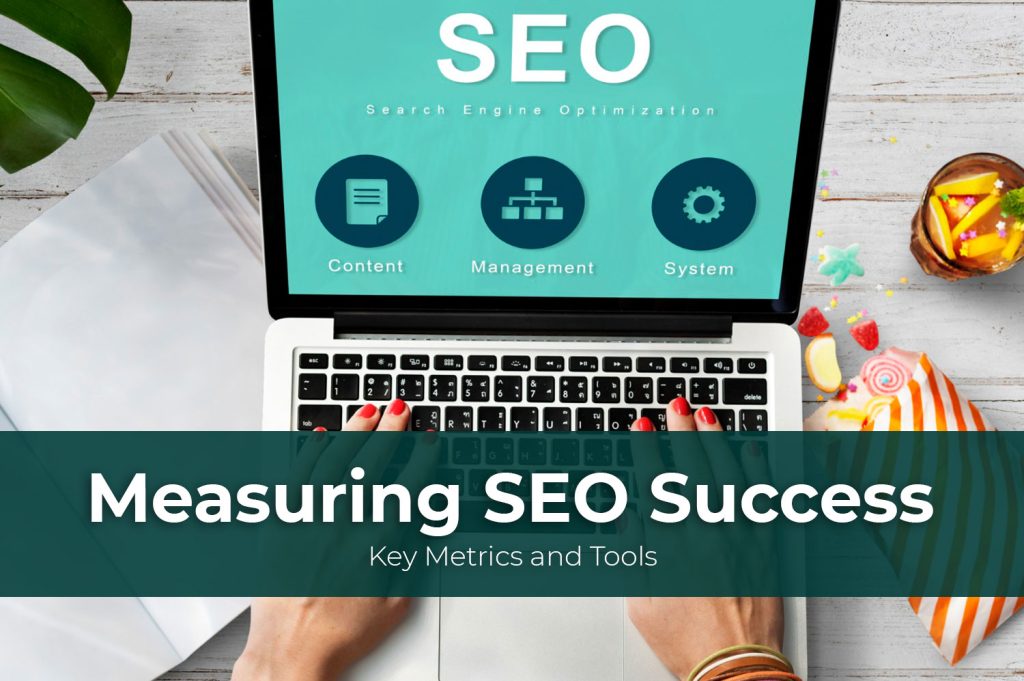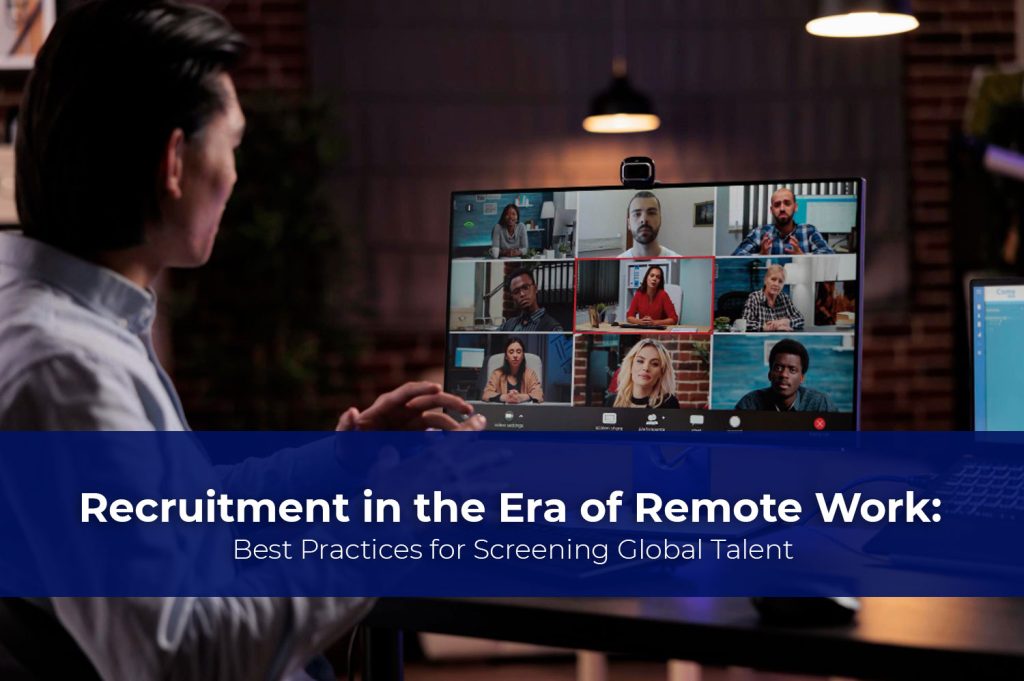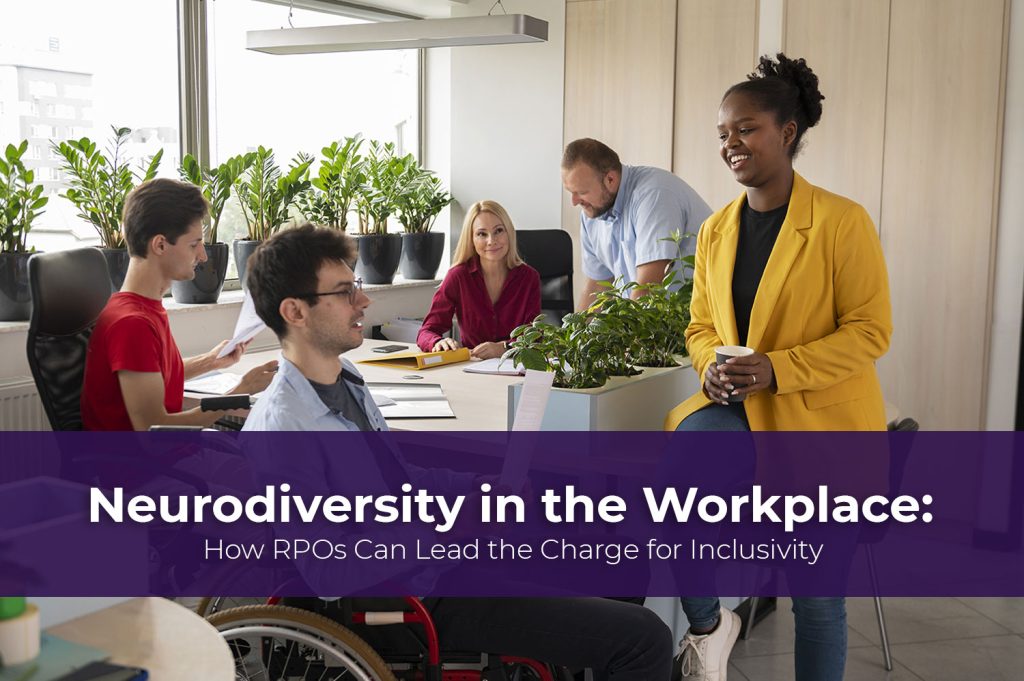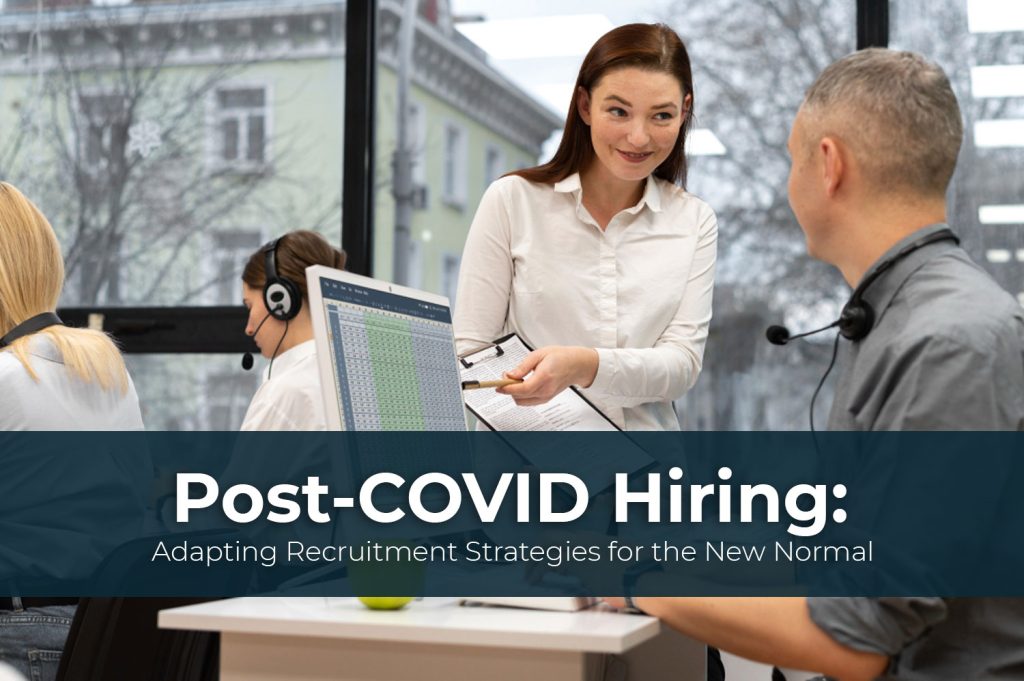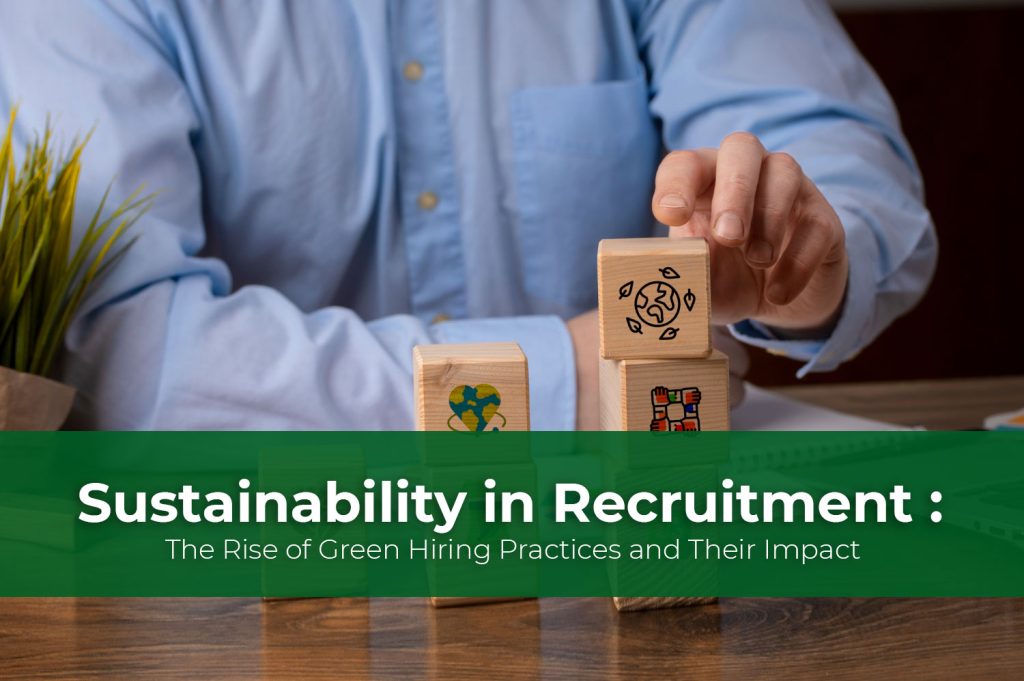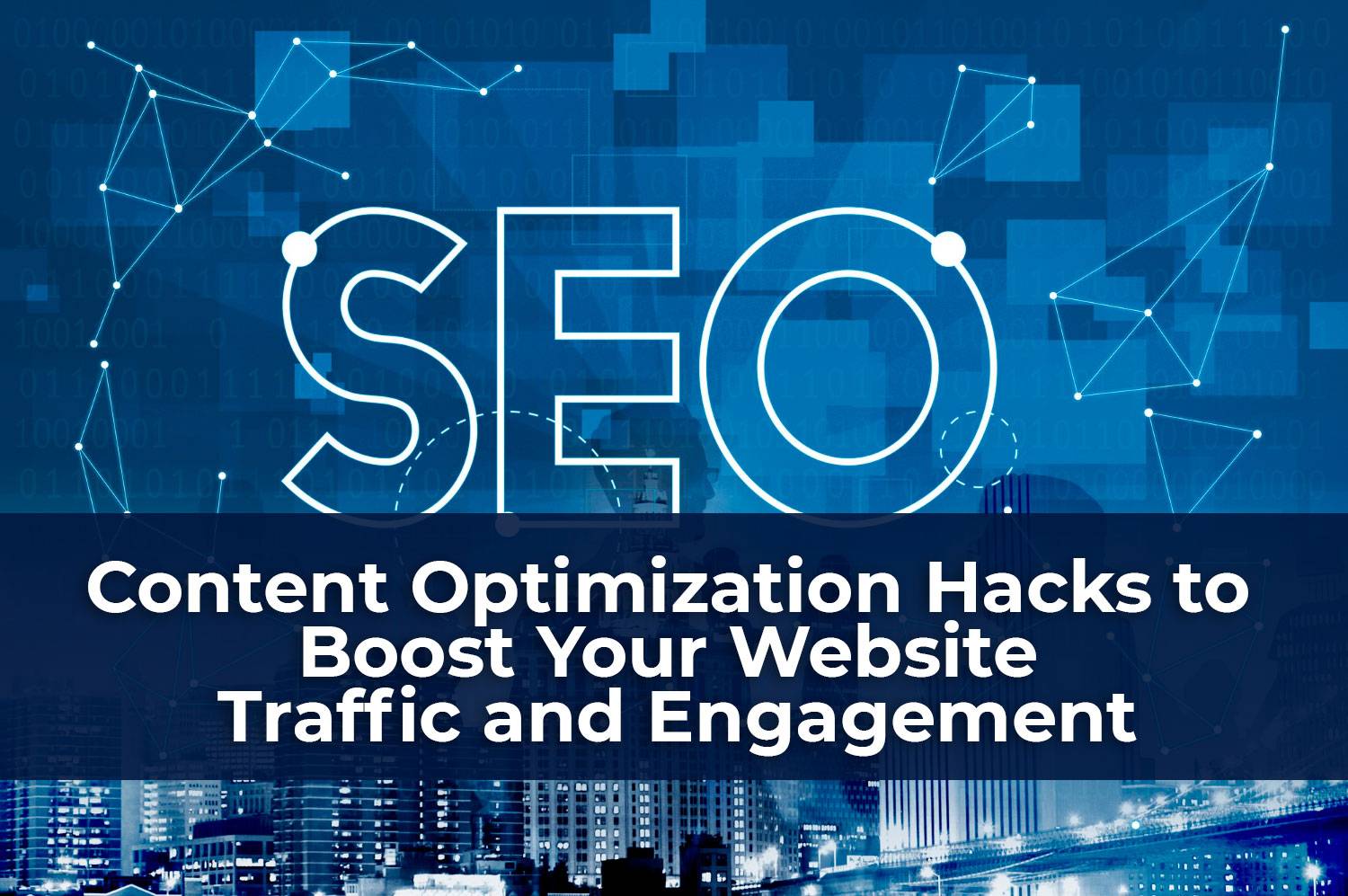
Table of Contents
ToggleIntroduction:
Content optimization is much like fine-tuning a musical instrument. Even if you’re playing the right notes, it won’t resonate well if the instrument is out of tune. Similarly, no matter how valuable or insightful your content may be, without optimization, it’s likely to be overshadowed by the vast amounts of content produced every second. Optimization ensures your content is both discoverable and engaging, amplifying its reach and impact. As we dive deeper into this guide, we’ll uncover strategies and hacks that not only enhance visibility but also drive engagement, ensuring that every piece of content you produce hits the right note with your audience.
Visual content, like images, infographics, and videos, can increase engagement and time spent on your site. They can also help in explaining complex topics simply.

1. Keyword Research – The Starting Point:
Before you pen down your content, it’s essential to understand what your audience is searching for. There are numerous tools available, like Google’s Keyword Planner, Ubersuggest, and SEMrush, that can assist you in identifying popular keywords in your niche. These tools can also help you gauge the competition, ensuring that you target the most effective keywords.
Hack: Don’t just focus on the high-traffic keywords. Instead, aim for long-tail keywords. They might have less search volume, but they can be more specific and less competitive.2. On-Page SEO – More Than Just Keywords:
- Title Tags: Make it catchy, relevant, and ensure it contains your primary keyword.
- Meta Descriptions: This snippet should be compelling enough to encourage clicks from search results.
- URL Structure: Use clean, readable URLs with your keyword included.
- Image Optimization: Use descriptive file names and alt tags. Compress images to boost loading speed.
3. Mobile Optimization – Catering to the Majority:
With a significant portion of users accessing content through mobile devices, it’s imperative that your content is mobile-friendly. A responsive design ensures that your content is viewable and enjoyable across all device sizes.
Hack: Use Google’s Mobile-Friendly Test tool to check the mobile optimization of your content.4. Update Old Content – The Goldmine Strategy:
Your older posts might be a goldmine waiting to be rediscovered. Instead of letting them become outdated, review, update, and republish them.
Hack: Add current statistics, newer visuals, and infographics. Revamping old content can offer a better ROI than constantly creating new content.5. Engaging Visuals – A Picture Speaks a Thousand Words:
Visual content, like images, infographics, and videos, can increase engagement and time spent on your site. They can also help in explaining complex topics simply.
Hack: Utilise platforms like Canva or Piktochart to create engaging visuals without any design experience.6. Internal Linking – Guide Your Audience:
Interlinking your content not only improves SEO but also ensures that your audience stays longer on your site, exploring related topics.
Hack: Always link to your cornerstone or most valuable content. This boosts their authority and drives traffic.7. User Experience (UX) – The Silent Player:
Your website’s design, speed, and navigation play a significant role in keeping visitors engaged. A fast-loading site, clear CTAs, and intuitive navigation can enhance UX.
Hack: Use tools like Google’s PageSpeed Insights to analyse and optimise your website’s speed.8. Social Sharing – Amplify Your Reach:
The digital landscape is always evolving. What works today might not work tomorrow. MakeEncourage your audience to share your content on their social channels. This not only increases your reach but also boosts trust and credibility.
Hack: Add social sharing buttons on your website, and create quotable snippets in your content for easy sharing. it a habit to revisit your keyword strategy periodically to stay ahead of the curve.9. Feedback Loop – Listen to Your Audience:
Always pay attention to comments, emails, and feedback from your audience. This direct feedback can give insights into content improvements.
Hack: Use tools like Hotjar or Crazy Egg to understand how visitors interact with your content and make necessary tweaks.10. Consistency is Key – Schedule and Stick to It:
Conclusion:

Encourage your audience to share your content on their social channels. This not only increases your reach but also boosts trust and credibility.






